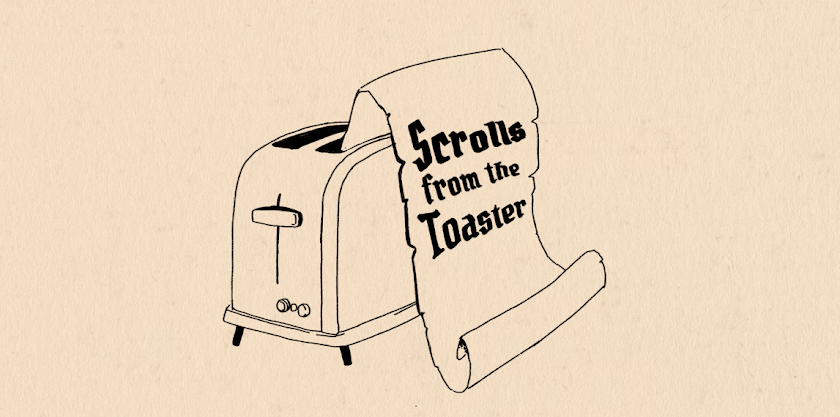This week our game took the survivors of the funnel and had the city of Tibault move into the next season, giving them time to train and grow into their level 1 classes. I use something called The Tome of Level Up, written by the creator of The Hexanomicon, in order to simulate events over the course of the PC training in their class. I've always liked it because it grants PCs some story to how they got their training in their class. I've got a version for the Hodas races which includes Ooze, Fury, Minotaur, Goblin, Featherfolk, Kobold, and Mountainborn, leaning into their niches and flavors. We also randomly generated things like mentors, a gang that the thief was in, and some other gladiators that the party is friendly with.
The players fought a lot of Moglins in this session and you might be asking, "what is a moglin?". In Hodas, Goblins are not like in most settings, they take some notes from them, they are small, communal, and inventive, but aren't evil little annoying creatures. so what fills out the roll of goblin kin and the more traditional goblins? Moglins. These are horrible little green goblins that invent things that seem to only work because they think it will, they eat anything that they can, they have massive numbers and somehow they fill up all the dark places of the world. When the Goblin Zine is released we plan on having a section talking about Goblin Kin and their roles in the world.
As for the magic items in the tale below: the returning boomerang is directly from the carnival of the damned and the Lantern of revealing is what I replaced the magic lantern in that adventure with. The lantern of revealing functions as a normal lantern with oil but when it's light is shined on a secret door or a weak illusion it consumes all the oil, snuffing itself out but revealing the secret door or dispelling the illusion.
Session 1:
Following rumors of an easy payday the party consisting of Deranged, Talshu, Eskel, & Witherbone, heads to an abandoned minotaur clanhold nearby, expecting to plunder it of treasure. What they find is an army of moglins. The plateau that the clanhold sits on seems to be well defended as the moglins fire off artillery at the party. The party assumes the mogs will run out of their comrades to fire out of the crude device and try to bait them out. The mogs did not run out of mogs and a change of plans was needed. They rushed the base of the plateau, knowing they couldn’t be targeted after a certain angle was achieved. This was an excellent plan until moglin war chariots burst forth from hidden caves in the base of the plateau. The returning boomerang devastated a chariot before being destroyed, which was enough to break the morale of the mogs charioteers. With their path clear the party rushed forward to the stairs carved into the plateau. The lantern of revealing showed a secret tunnel on the path which was taken. Once inside the clanhold they are attacked by a mob of moglins with Derranged barely surviving the mogpile. Exploring their immediate surroundings Talshu finds the moglin “workshop” and after a brief battle with the “inventor” they recover his strange device which seems to be cobbled together garbage. They exit this area which once prepared bodies for their final resting place and decide to head down the stairs into the darkness deeper in the clanhold, seeking out the crypts.









